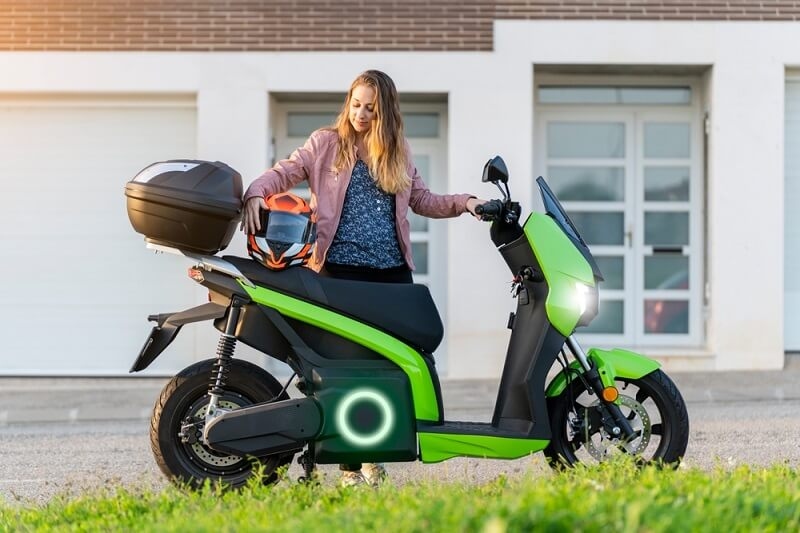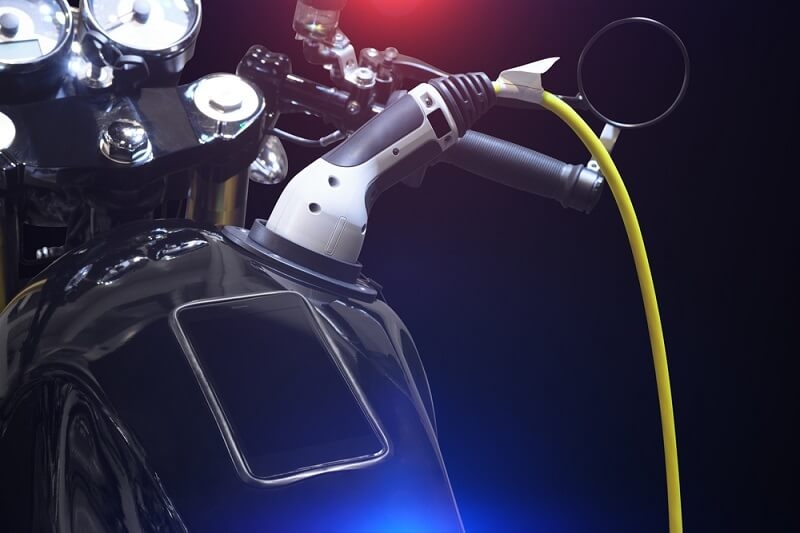
The American motorcycle industry is experiencing a comparatively stealthy and substantial transition, as awareness of environmental impacts rises and technological evolution continues to disrupt the automotive industry environment. The self-recharging hybrid motorcycle trend has commenced, and 2025 could be a landmark year for sustainable two-wheeled travel in the USA.
While hybrid motorcycle technology is not new globally, mass appeal in the United States has begun to accelerate. Whether for short commutes or long-distance touring, an increasing number of riders are considering motorcycles that can provide them with power while bringing less harmful performance to our planet. This blossoming interest in 2025 hybrid bike launches transforms purchasing behavior and suggests a long-term transformation in how Americans conceptualize mobility on two wheels.
This article examines the changing landscape of the hybrid motorbike marketplace in the USA, why self-recharging hybrid bikes are gaining momentum in the USA, and what this means for consumers, manufacturers, and planet Earth.
Essentially, a self-charging hybrid motorcycle is an internal combustion engine (ICE) motorcycle that utilizes the power of an electric motor and battery while incorporating regenerative braking. This differs from plug-in hybrids and electric bikes because these self-charging hybrid motorcycles collect energy when braking and decelerating (regenerative braking) and use the energy to recharge the battery.
With this new system, the motorcycle can operate seamlessly via gas or electric while providing the advantages of noiseless, emissions-free riding in urban areas and the independence and range of a gas engine on the highway.
Self-charging hybrid motorcycle technology is similar to hybrid technology in cars, only consolidated into two wheels and preserving every use of functionality for city commuting and highway cruising purposes.

While hybrid bikes have made their mark in Europe and Asia for some time now, 2025 has brought about tangible changes to the U.S. market for self-charging hybrid motorcycles for multiple cultural and technological reasons:
Riders are more conscious of their carbon footprint now than ever. With climate change a hot topic, environmentally minded bikers are looking for options that reflect their sustainable values. The popularity of hybrid bike emissions suggests that hybrid bikes produce less toxic pollution than traditional bikes and do not sacrifice performance.
U.S. gasoline prices have a sufficiently storied history of volatility that self-charging hybrid motorcycles come along at a time of somewhat predictable fuel prices in an increasingly unsettled marketplace. This volatility ultimately contributes to motivation as a financial contributor monitoring the economy daily, and daily riders will undoubtedly appreciate the price component of self-charging hybrid motorcycles.
The improvement of and availability around a lithium-ion battery is a game changer for hybrid motorcycles, along with technological advances in compact motors that have made hybrid motorcycles lighter, faster, and more reliable. Motorcycle riders crave high-torque acceleration while experiencing smooth power delivery and extended battery life—all preferences featured prominently in the hybrid bikes released in 2025.
Although federal legislation may not fully align with two-wheeled hybrid incentives, many state-level environmental programs encourage low-emission vehicles. This indirect push helps grow dealers' and consumers' awareness of hybrid motorcycle trends.
Motorcycle enthusiasts in the U.S. are not easy to sway. They demand performance, style, and mechanical simplicity. However, modern self-charging hybrid bikes now offer a variety of attractive features that are slowly but surely winning them over:
Today’s hybrids have intelligent control systems that automatically toggle between electric and gas power depending on load, speed, and terrain. This makes the ride intuitive and efficient.
The electric components of hybrid motorcycles typically require less maintenance than traditional ICE systems. Fewer moving parts mean reduced wear and tear over time—an appealing benefit for budget-conscious riders.
Despite a slightly higher upfront cost, the lifetime expenses for hybrid bikes are often lower. Reduced fuel use, less maintenance, and longevity of parts contribute to greater overall savings, particularly for city commuters or U.S. hybrid touring bike enthusiasts.
The hybrid bike emissions trend aligns well with growing state and federal ambitions to reduce vehicle pollution. Hybrids can dramatically reduce CO? emissions compared to gas-only motorcycles, especially during urban travel when idling and stop-and-go traffic are common.
As 2025 progresses, the hybrid motorbike market in the U.S. is seeing increasing segmentation. Different rider profiles are gravitating toward these bikes for distinct reasons:
Hybrid motorcycles provide a quiet, efficient, and eco-conscious commuting option in dense urban areas like New York City, Los Angeles, and Chicago. The regenerative braking and stop-start engine features reduce wear while conserving energy.
U.S. hybrid touring bikes are slowly gaining acceptance among long-haul riders who want reliability without multiple gas stops. The electric motor handles the slow, scenic stretches, while the gas engine takes over during highway cruising, offering fuel economy without range anxiety.
Weekend hobbyists are drawn to self-charging hybrid bikes in the USA that deliver strong acceleration and sporty design. Lightweight frames, sleek dashboards, and modern styling make these motorcycles an attractive alternative to traditional models.
While we’re avoiding specific 2025 models or brands, there’s a noticeable industry pattern. Major motorcycle manufacturers are either
This strategic pivot suggests manufacturers recognize the long-term profitability of catering to the growing hybrid motorcycle trend in the United States.
Despite the many advantages, the path toward mass adoption of self-charging hybrid motorcycles in the U.S. isn’t without obstacles:
Even though hybrid bikes offer savings over time, their initial price can deter entry-level buyers. Adoption may grow slower than electric cars until manufacturing costs drop or incentives increase.
Unlike gas-powered bikes with well-established servicing ecosystems, hybrid motorcycles require specific knowledge for diagnostics and repairs. Mechanics must adapt or retrain, slowing down hybrid support availability.
Motorcycle culture in the U.S. is heavily rooted in the growl of engines and the feel of raw mechanical power. Some die-hard enthusiasts remain skeptical of “electrified” experiences, fearing a loss of authenticity.
The shift toward 2025 hybrid bike releases marks more than a passing trend—a blueprint for a brighter, cleaner motorcycle future.
What began as a premium niche is now expanding. Expect more entry-level models with lower displacement and simplified hybrid systems to attract broader demographics.
As cities adopt innovative traffic management and eco-friendly policies, hybrid bikes can integrate with these systems. Imagine automated eco-mode triggers, real-time route optimization for electric efficiency, or tax credits for entering low-emission zones.
While hybrid motorcycle tech may have seen early adoption in Asia and Europe, the U.S. market is adapting that global innovation to its unique demands, emphasizing comfort, highway compatibility, and rugged versatility.
The U.S. transition to self-charging hybrid motorcycles in 2025 is not simply an industry response to worldwide trends but also a rider movement led democratically below the industry level. It appeals to environmental concerns and differentiated use demand for the vehicle.
Whether you're an ecologically aware commuter, a veteran, or simply a recreational rider, the trend of hybrid motorcycles is challenging to miss. Improving battery technology and manufacturers' innovation incentives mean hybrid motorcycles may soon become the default, not the alternative.
With hybrid bike releases coming in 2025, demand for U.S. hybrid touring bikes, and greater awareness about the hybrid bike emissions movement, the future of motorcycling in America will be quieter, cleaner, and more connected than ever.
This content was created by AI